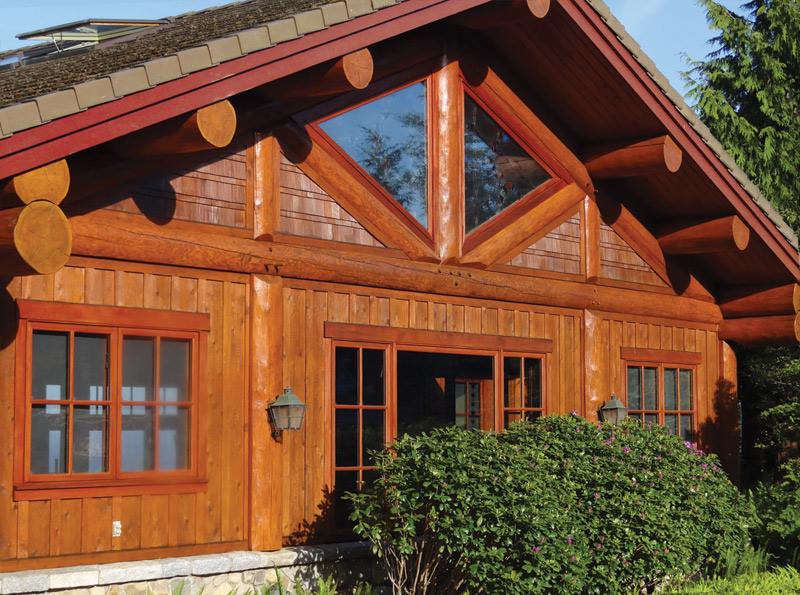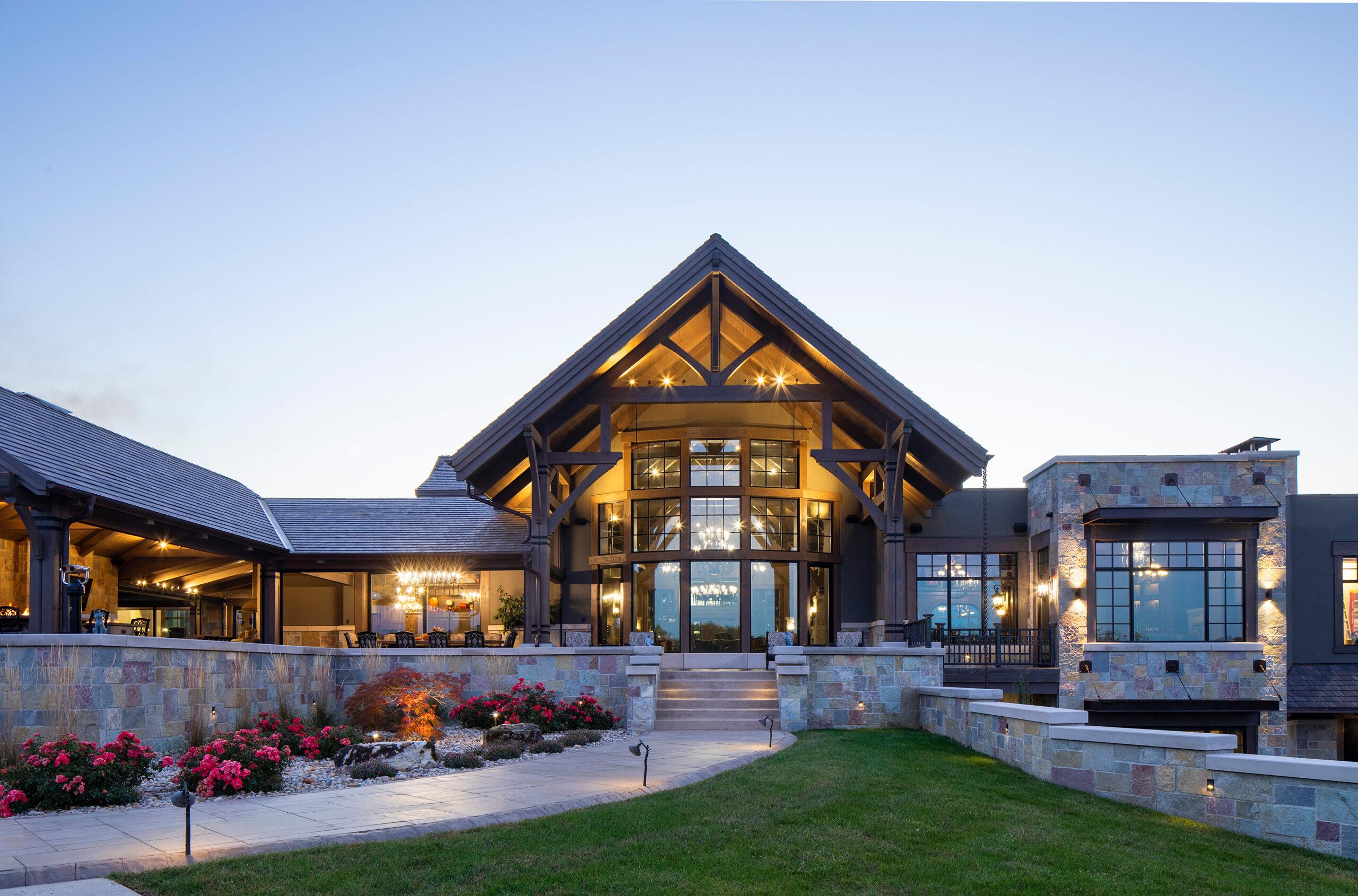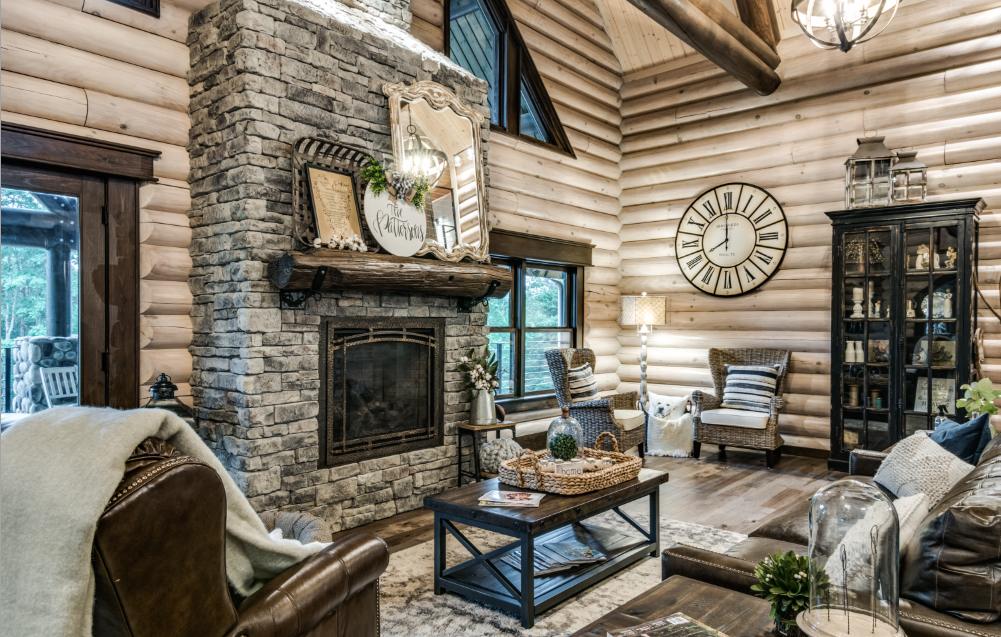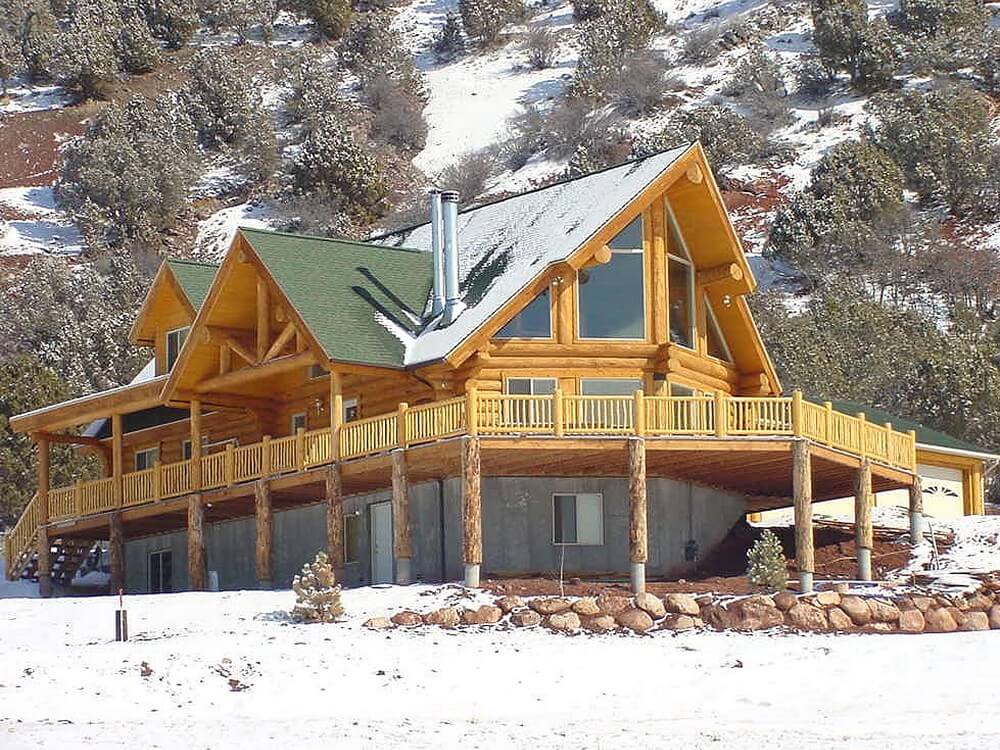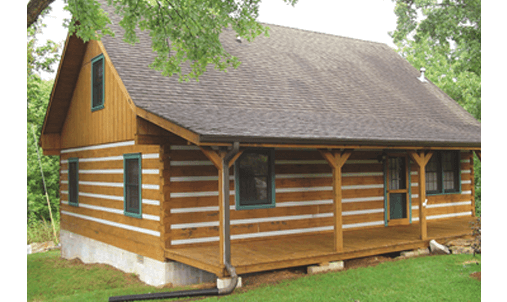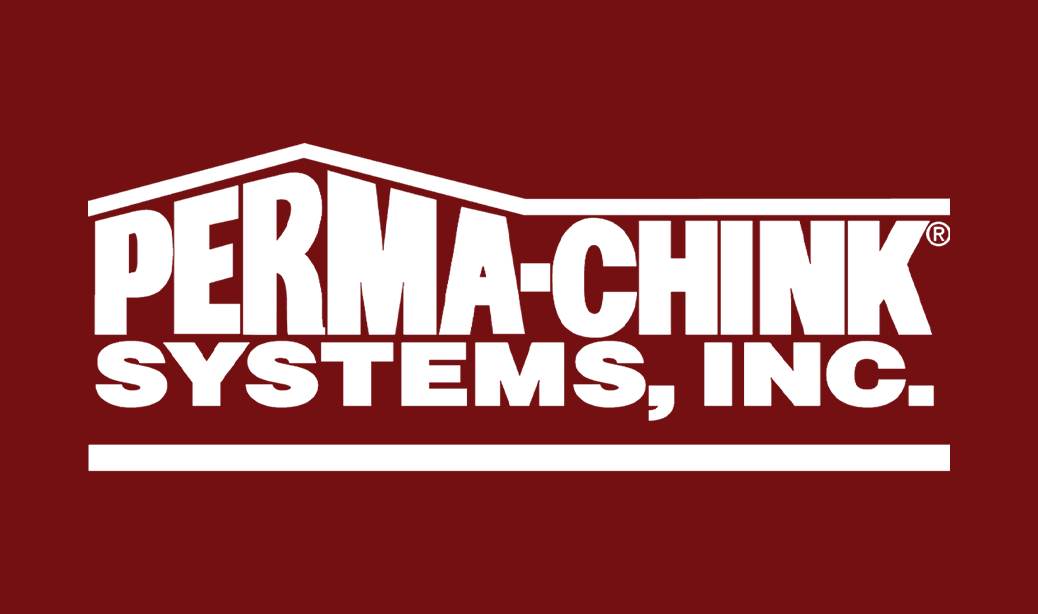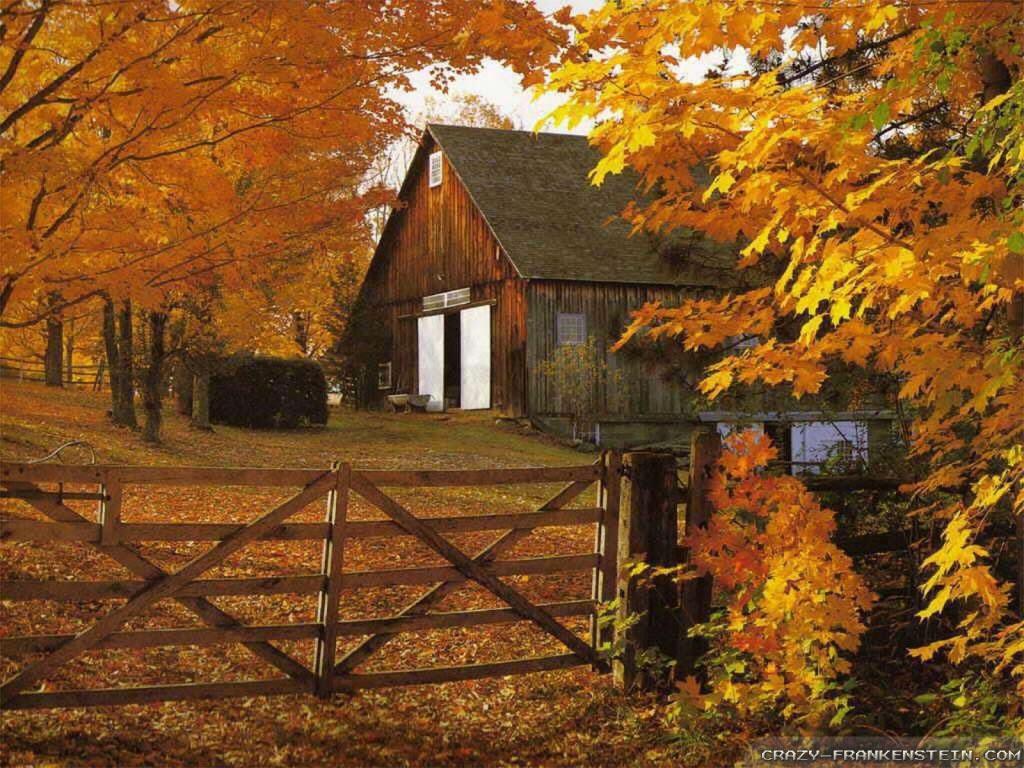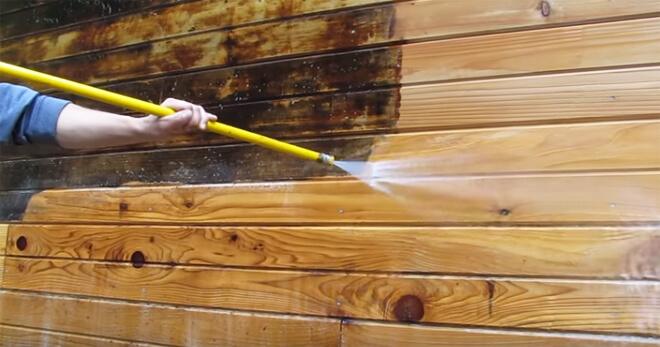Blog & News
CHEMIST’S CORNER: Can All Wood Species Be Prepared the Same Way, Using the Same Cleaning Products?
The obvious answer to this question is NO. Although all wood species contain many of the same components – including cellulose and hemicellulose and minor amounts of extraneous materials – it is the wood extractives that differentiate wood species from one another. That’s why we developed Cedar Wash.
Understanding the Bleeding of Wood Extractives.
Wood extractives are compounds present in the softwood and heartwood of a tree that contribute to such properties like color, odor, decay and insect resistance, density, and flammability. When used for log homes, naturally occurring extractives in the wood can migrate to the surface and discolor paint and finishes (water soluble extractives) as well as create adhesion issues (oil soluble extractives) for many coating types.
The organic components of the extraneous materials are referred to as extractives because they can be removed by extraction with solvents without altering the cellulose/lignin structure of the wood. Extractives include tannins and other polyphenolics, coloring matter, essential oils, fats, resins, waxes, gums, and starch. Depending upon such factors as species and growing conditions, the total extractive content of wood substance may range from less than 1% to 30% in extreme cases.
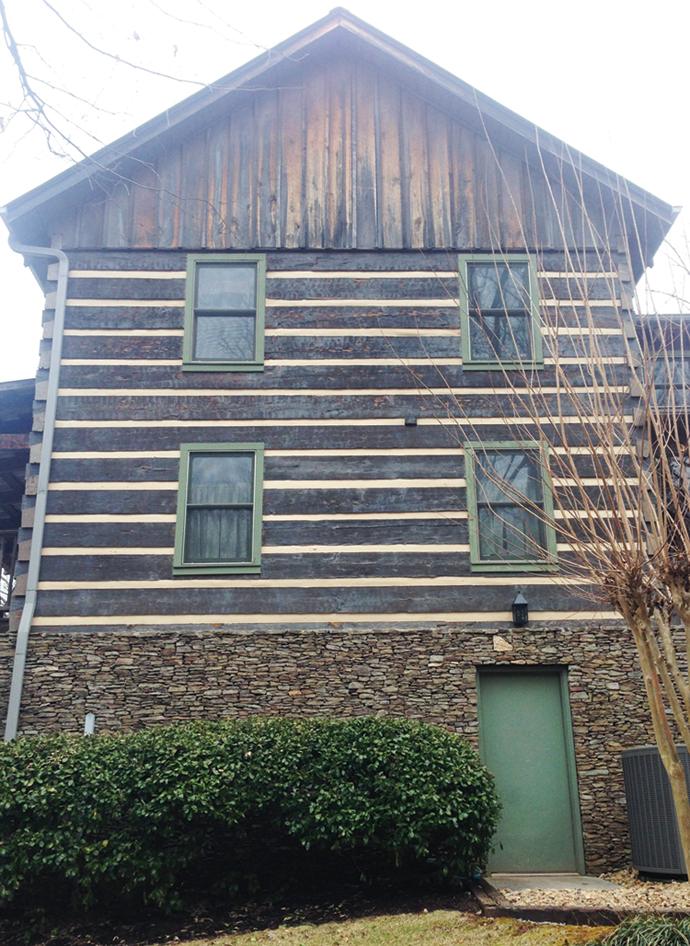
Wood Species and the Level of Extractives
All wood species contain wood extractives; however, there are a handful of wood species that are characterized as extractive-rich woods. This group includes Redwood, Western Red Cedar, Walnut and Mahogany. The second group of wood species that also contains higher levels of wood extractives but less than extractive-rich woods include Southern Pine, Douglas Fir, Spruce and Cypress.
The percentage of extractives in trees is generally low, but a high concentration is found in knots and heartwood of the tree. Knot bleeding can occur when a knot contains an excessive number of extractives. In these cases, the extractives consist mainly of rosin, fats and turpentine, and these extraneous materials can make up as much as 50% of the knot by weight. The ratio of extractives can change with the season and weather (if the tree is stressed).

Extractives Affecting Wood Color
Staining or discoloration of wood may result from chemical processes that convert originally colorless or light-colored extractives into intensely colored products. Most of the “chemical stains” result from oxidation of certain wood extractives during air seasoning or kiln drying. Some resins can bleed out of the wood, as seen in pine wood. Sometimes the extractive can react with foreign material.
Using Cedar Wash For High-Extractive Wood Species
Cedar Wash is a wood cleaner with a high pH solution, which can dissolve, soften, loosen, or react with different types of extractives found in extractive-rich woods used in log homes. If a chemical is soluble in a liquid, it is easier to remove than a chemical that is only softened by that liquid. Being soluble is preferred as this means the particles are broken down to become so tiny we can no longer see them. Cedar Wash is designed to remove surface resin oils and high concentrations of water-soluble wood extractives such as sugar and protoplasm, in addition to dirt, grease, grime, pollen, and surface mold and mildew without harming the wood.
Cedar Wash was developed by Perma-Chink Systems as a Ready-to-Use cleaner specifically formulated for preparing the surface of wood species that contain high levels of wood extractives and resin oils. It is also safe for chinking and sealants.
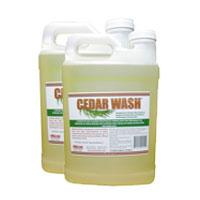
- Easy to use, Ready-to-Use formula.
- Low environmental impact
- Designed specifically for Western Red Cedar, Redwood (Softwoods), Walnut, and Mahogany (Hardwoods)
- Removes resin oils and wood extractives from the surface of the wood
What’s the Difference Between Caulking and Log Chinking?
High-quality sealants help older cabins last for generations and give newer ones the rustic good looks many desire. Our sealants provide protection that will let them carry their historic styles far into the future. But when it comes to the language surrounding the sealant between logs, many people call chinking “log caulk.” Log caulk and log chinking are often used interchangeably, but these sealants are completely different. In fact, you should never, ever caulk a log home.

Caulking vs. Chinking
Caulk typically comes from a tube and is used to fill a small crack or seal edges along windows, trim, sinks, and bathtubs. This material is designed to be squeezed out in small amounts, then blend in and disappear. Caulks are completely waterproof, easy to apply, and easy to clean up. Today, there is an overwhelming selection of caulks including waterborne, oil-based, and silicone. Prices range from $2 for an 11oz. tube to $26 for the same size.
There are three main reasons why you don’t want to use a general caulk on a log cabin:
- Caulk is impenetrable. Wood is an organic material and internal moisture is an inherent quality of any log. A caulk will trap moisture, which leads to mold, rot, and unsightly stains.
- Caulk is not engineered to adhere to wood. Some turn hard and develop a cracked “alligator” skin appearance, or they separate from the wood entirely. In these scenarios, the sealant has failed, and water will get underneath, leading to rot and stains. When that happens, more water penetrates the log walls and rotting gaps become a haven for insects.
- Caulk is a low-quality product. Despite the spectrum of price points, caulks are essentially a bottom-line resin effective for a very narrow set of purposes. This does not include sealing your prized log home.
Chinking, on the other hand, is specifically designed for the purpose of sealing log homes, able to withstand the onslaught of environmental attacks and wood movement. Unlike caulk, which tends to be smooth and glossy, chinking has definitive texture that complements wood’s organic surface. Historically, chinking materials were made from what was regionally available. In Northern Europe, they used a special moss that did not cause log rot. Other places mixed horsehair or grass with mud or clay. Even today, it’s possible to purchase “log caulk” that has sand mixed with it to approximate a desirable rustic texture. None of these options are known for their effectiveness in withstanding movement and maintaining a proper seal over time.
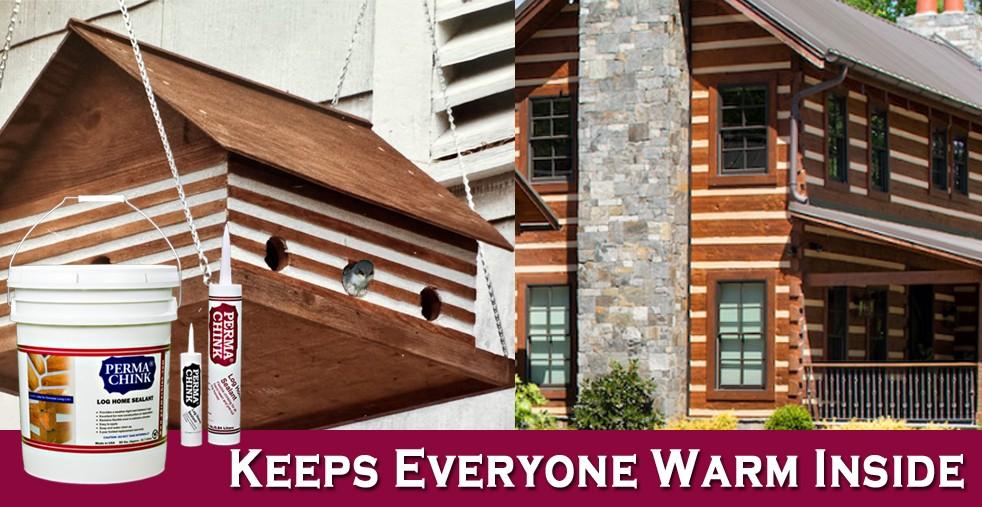
In addition to offering the appropriate texture, our chinking is the kind of sealant a log cabin needs and deserves, and has four distinct qualities that sets it apart from caulk. For log homeowners, these qualities should be considered requirements when considering chinking.
- Log Home chinking must be breathable to let moisture escape the wood, while preventing new moisture from entering.
- Log Home chinking must have elastic qualities so it can move with wood’s daily and seasonal expansion and contraction.
- Log Home chinking must stick to the gap between the logs, even for log homes where the chinking remains invisible.
- Log Home chinking must resist the weather’s relentless tests — snow, rain, heat, and ice.

Chinking Superpower
Not only do our log sealants excel in the requirements that a high-performance chinking must possess, but we’ve devised a special formula with a distinct property. Our chinking sealants are thixotropic to provide exceptional peformance and fight environmental damage. A non-thixotropic sealant is prone to slumping and blistering, leading to issues that require a reapplication of the sealant and hoping the same issues don’t happen a second time.
Our thixotropic sealants stay exactly where the applicator leaves it, making them easier to apply with accuracy. In fact, we’ve spent years perfecting our formula to find the ideal balance between viscosity and thixotropic abilities. Our sealants can be easily pumped, squeezed, and applied by professionals and do-it-yourselfers alike. Professionals love our thixotropic sealants because they can get the job done right the first time.
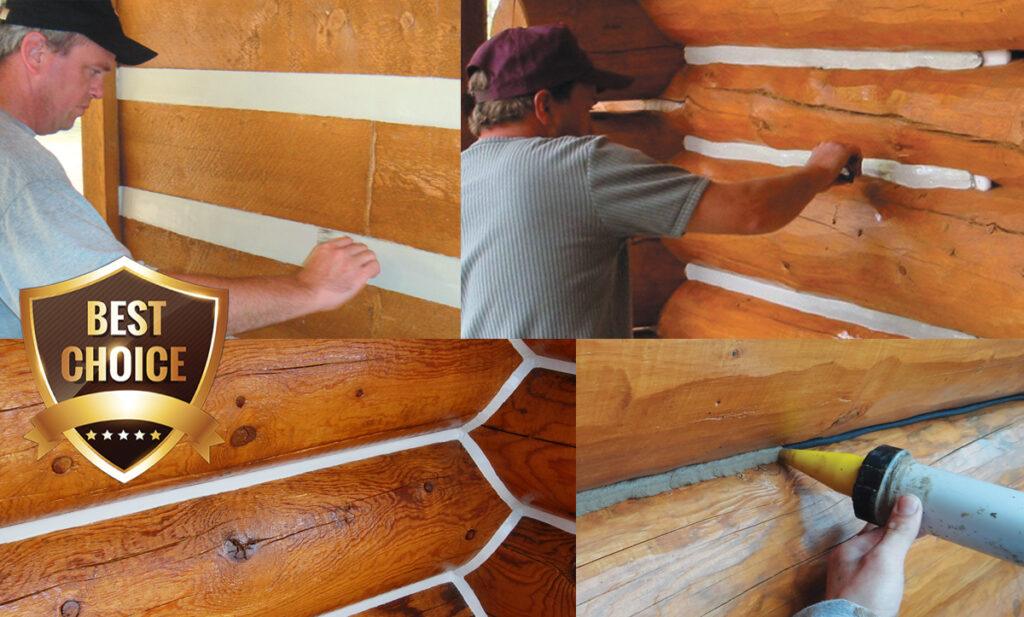
We offer three types of sealants to accommodate different log home construction methods. Perma-Chink, our original elastic log home chinking, is designed for log gaps sized 1-inch or larger. Energy Seal has a more refined texture for log gaps less than 1-inch. Finally, Woodsman is a smooth and lightly textured log sealant that goes between stacked logs with no gaps.
All our sealant products come in an array of rich, earthy colors to complement any log home and work as an extra-strong, protective system with our wood stains and finishes. Perma-Chink lets your log home be permanently beautiful for your permanent enjoyment.
Guest post by Seth Murphy, papadiy.com
A home is more than just a shelter; it serves as our intimate sanctuary. The atmosphere within its walls profoundly influences our emotions, efficiency, and overall well-being. Central to cultivating a calm home atmosphere is the principle of tidiness.
Through consistent cleanliness and organization, we carve out a peaceful niche that rejuvenates our soul. By embracing straightforward daily practices, our living spaces can evolve into serene havens. In this article, which is shared courtesy of Perma-Chink Systems, we will explore straightforward routines that offer both a structured environment and mental clarity.
First, Take a Look at Your Bed
Your day’s first achievement happens in the bedroom. Making your bed might seem trivial, but this quick task offers instant gratification. It creates an immediate sense of order, providing a mental boost for tasks ahead. Moreover, it’s an inviting sight after a long day, beckoning with the promise of restful slumber. So, pull those sheets tight and fluff those pillows; starting right can set the tone for the entire day.
Put Items Where They Belong
Objects scattered around can quickly turn a home into a chaotic mess. Whether it’s a novel, a remote, or a hairbrush, always return items to their designated places post-use. Cultivating this simple habit can drastically reduce clutter. You’ll not only enjoy a tidy environment but also save precious time otherwise wasted on hunting for misplaced items.
Address Those Dirty Dishes
A mountain of dirty dishes can dampen anyone’s spirit. To sidestep this unsightly and overwhelming chore, attend to your dishes immediately after meals. It prevents residues from hardening, making washing quicker and less tedious. Plus, a clean sink and counter space are more inviting for the next cooking venture, ensuring the kitchen remains a space of creativity rather than stress.
Keep the Kitchen Clean
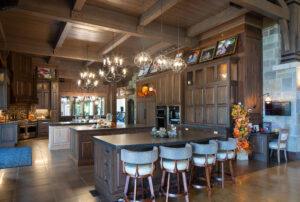
Beyond dishes, the kitchen requires some additional attention. Spills, crumbs, and residues can accumulate, turning your cooking space into a sticky mess. But fear not, with regular wiping of counters and the stovetop, you can easily keep this chaos at bay. This ensures not just cleanliness but also a hygienic environment for food preparation.
Dedicated Spots
The daily mini panic attacks when searching for keys or wallets can be nerve-wracking. Solve this by designating specific spots for these essentials. A tray by the entrance or hooks on the wall can serve as perfect drop-off points. This organizing method streamlines your exit routine and ensures these necessities are always within easy reach.
Embrace the Process
Organizing your home can be a rewarding yet daunting task, but with the right approach, it can be made much simpler. The first step is to schedule it and make time for this activity in your calendar, just like any other important appointment. Set aside specific blocks of time dedicated solely to organizing, ensuring you’re not rushed and can focus on the task at hand. Next, go through your belongings and decide what to keep, donate, or discard. Be thoughtful and honest about the utility and sentimental value of each item. Remember, less clutter means a more organized space.
Finally, take your time with the process. Organizing your home isn’t something that needs to be rushed through in a day. By spreading out the work, you can give each room and each category of items the attention they deserve. This methodical approach not only makes the task more manageable but also more effective in creating a harmonious and organized living space.
Decluttering
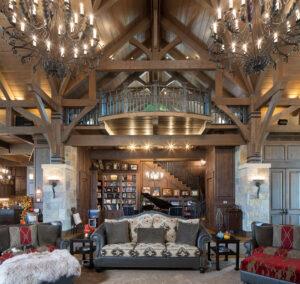
As the days pass, our living spaces often gather items that lose their relevance. This accumulation results in clutter that can feel overwhelming and suffocating. Engaging in regular decluttering acts as a therapeutic exercise, clearing out both our surroundings and our minds. While you’re in the process, delving into Feng Shui principles can be enlightening. By harmoniously arranging your space using these guidelines, you achieve more than just visual appeal.
Our homes are reflections of our internal state. By integrating these straightforward tidiness habits, we can nurture a living environment that soothes and rejuvenates. The beauty lies in realizing that maintaining a well-ordered home doesn’t require Herculean efforts. Small, consistent actions can ripple into significant transformations, leading to a relaxed and enjoyable home life. Embrace these habits and witness the calm it ushers into your daily existence.
For a full line of products to meet the needs of log home builders and owners, visit Perma-Chink Systems today!
COLOR CHOICES FOR LOG OR TIMBER INTERIORS
When it comes to log and timber homes, grays and browns are the biggest trending colors, as they offer the widest neutral tones. Gray has been the hot shade for the past several years in homes, from walls to floors.
True to its “neutral” title, gray really goes with almost any color. The key to a great match lies in coordinating the tones. Gray doesn’t have to appear in your palette as a color of the wall – it can also be found in a fireplace exterior, flooring, or on countertops. When you add gray to any room, be sure to consider other shades of gray that might already be there.
“To find the best shade, you need to consider which direction your room faces, what time of day you will be in there, the prevailing weather (even the hemisphere makes a difference), and last of all, the actual shade you like,” says Kate Watson-Smyth, who wrote the book on decorating with gray, Shades of Grey.
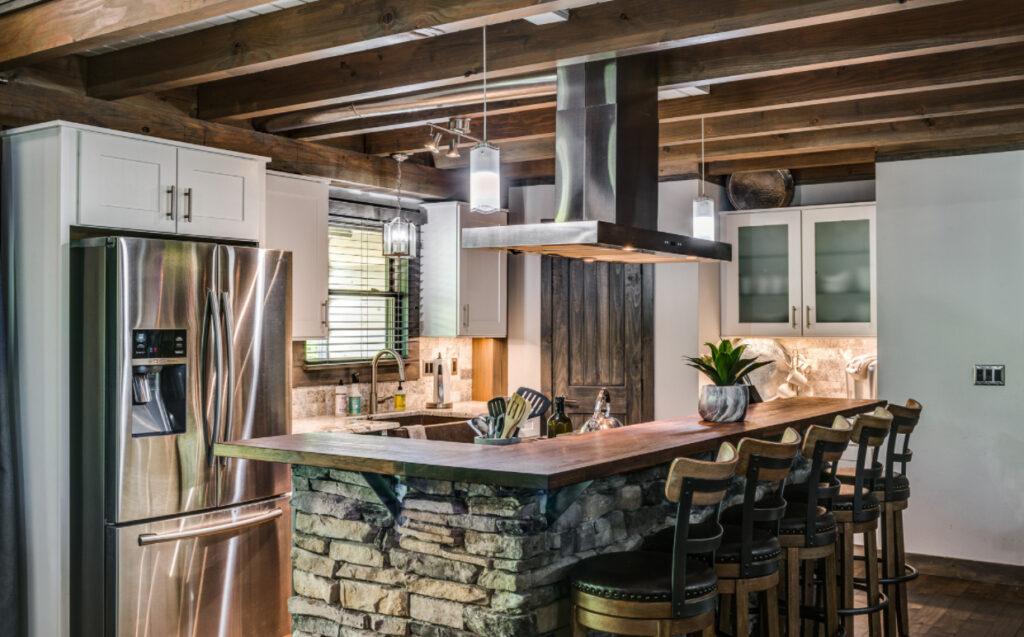
Our Lifeline Interior color collection can complement or contrast any paint you chose for your drywalls. Our interior grays combined with natural warm tones of wood will add a beautiful style to any room in your home. But grays aren’t the only option, and some people prefer other colors. That is why our standard library of color has the most colors available on the market, as well as virtually unlimited custom colors.
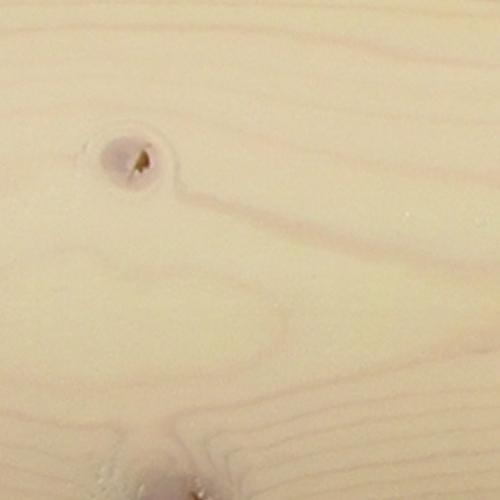
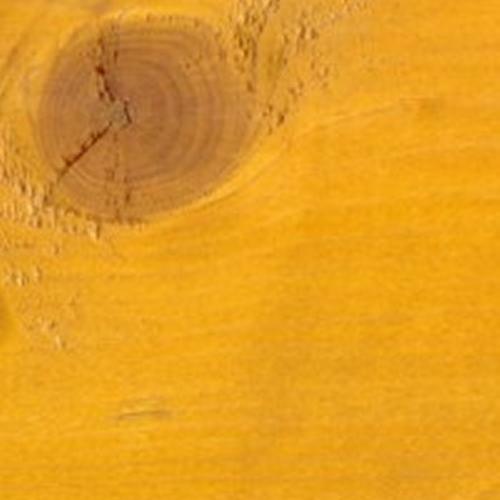

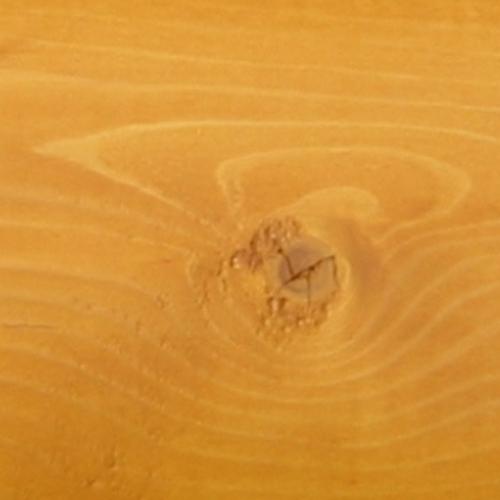

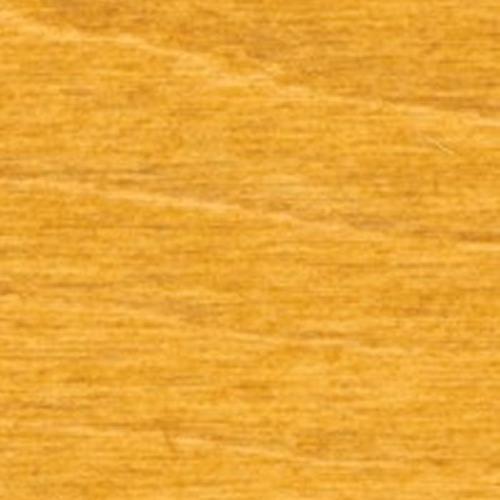
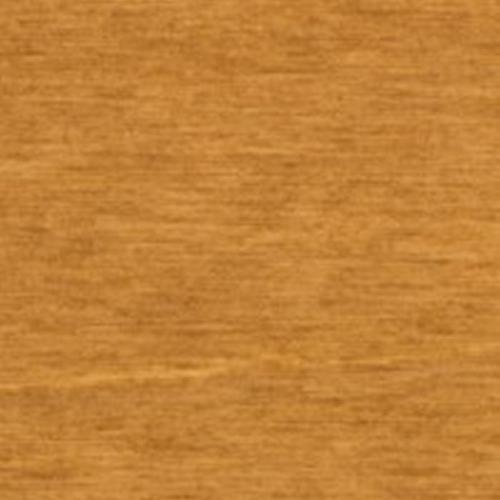
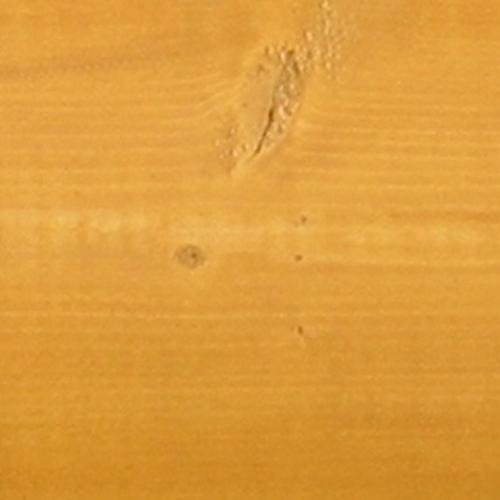
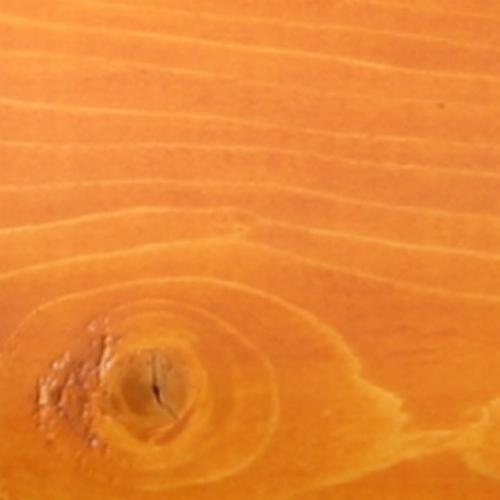


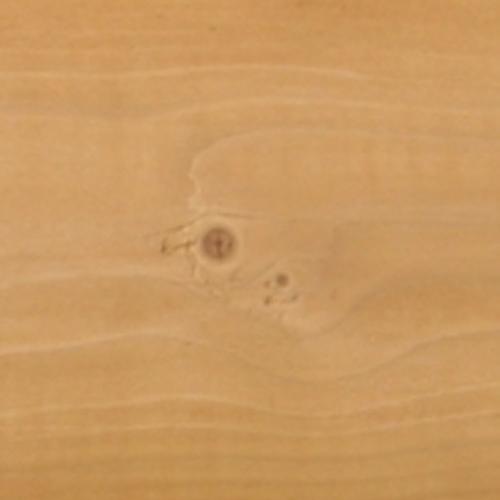
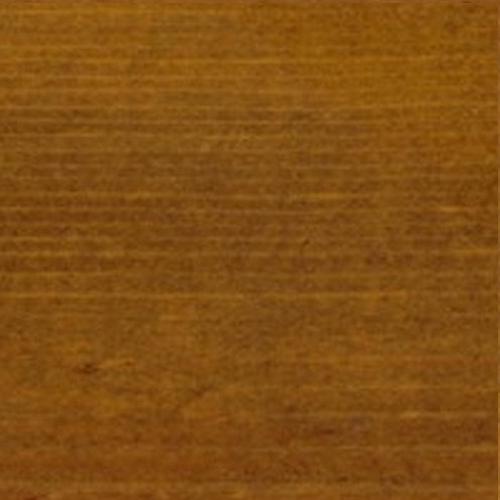



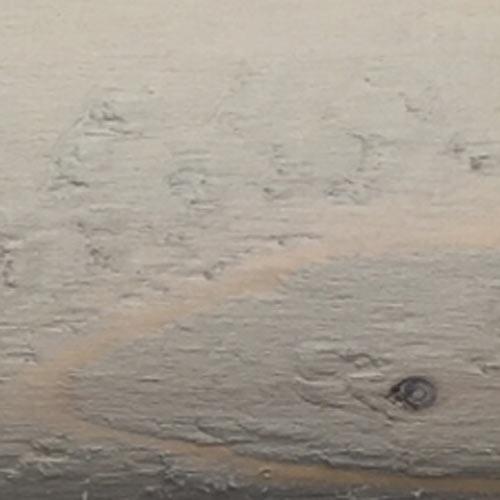


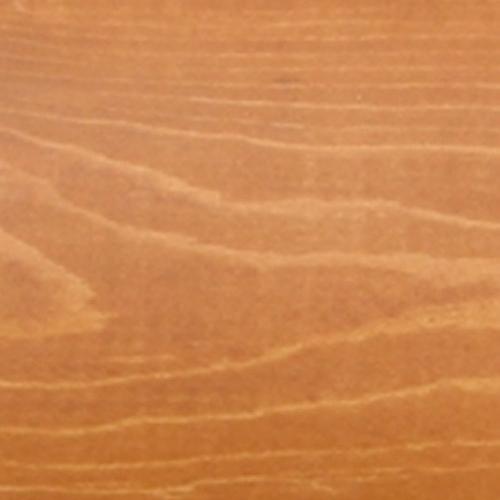




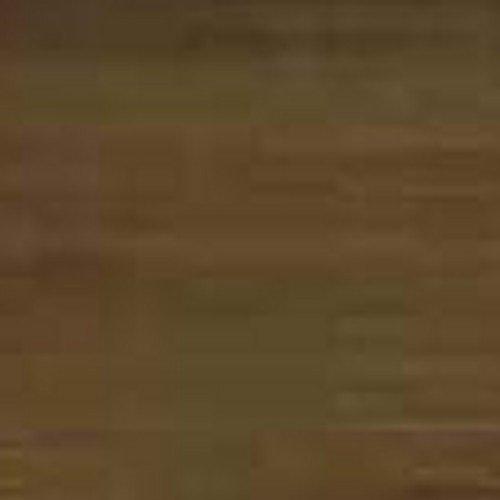
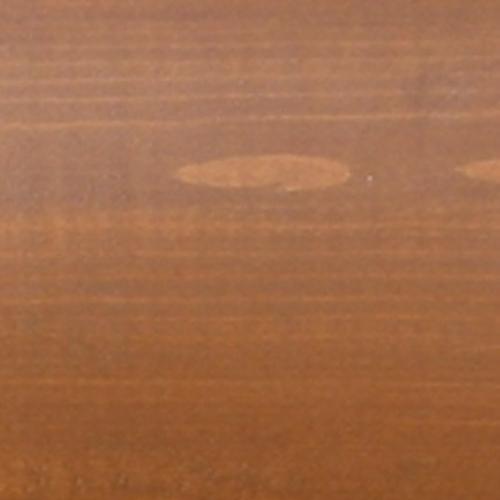
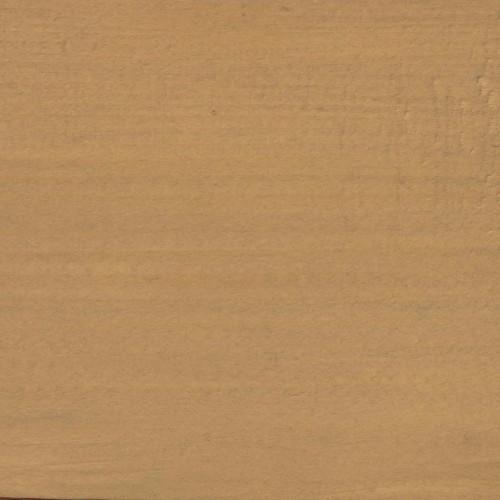
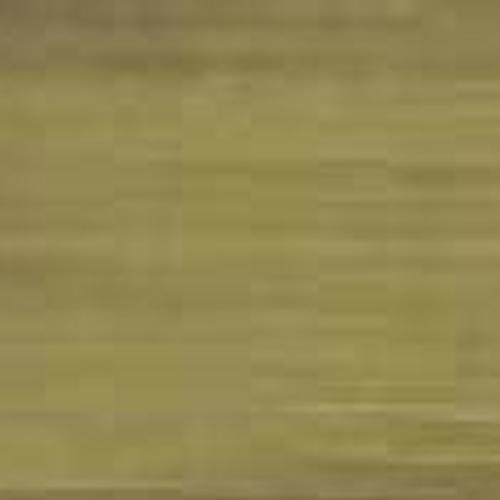

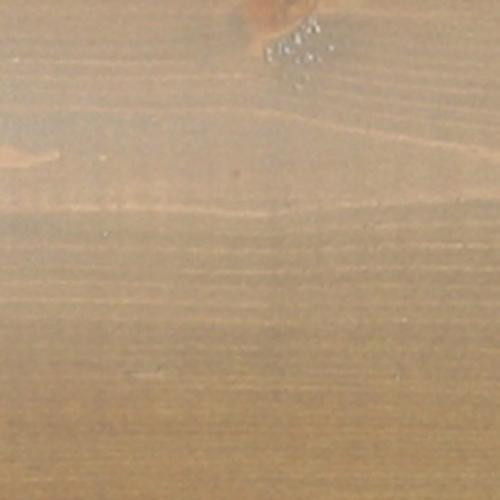
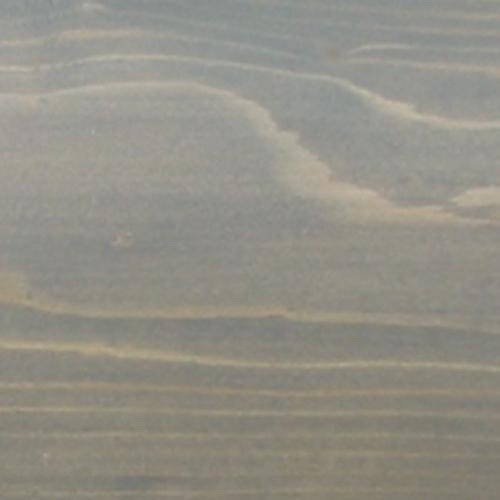


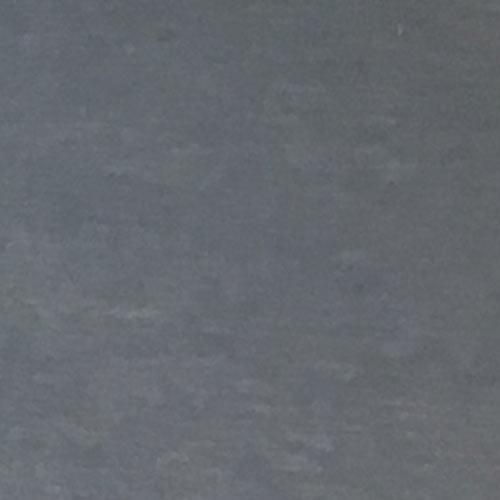


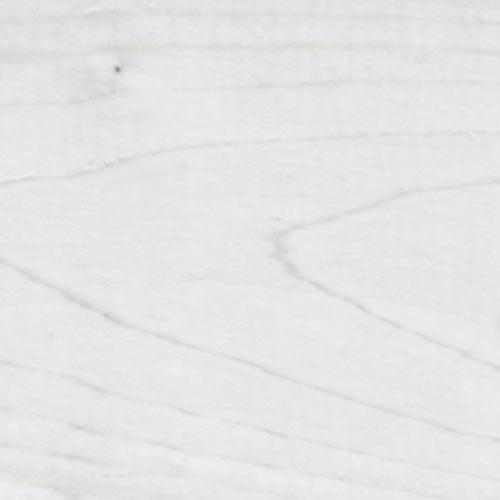
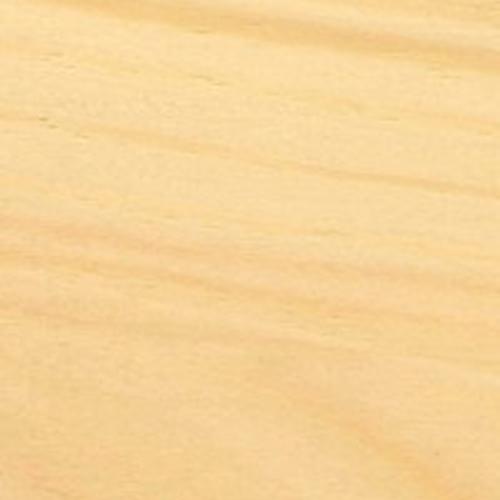


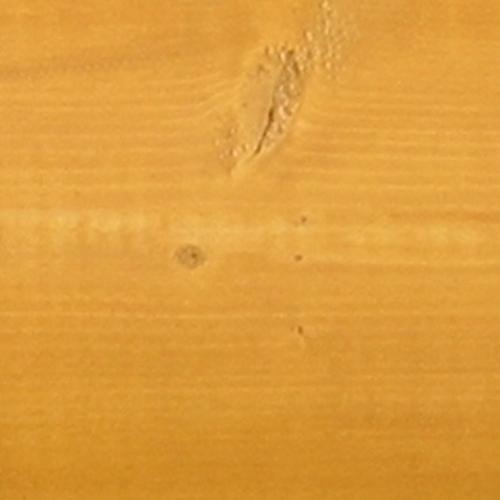
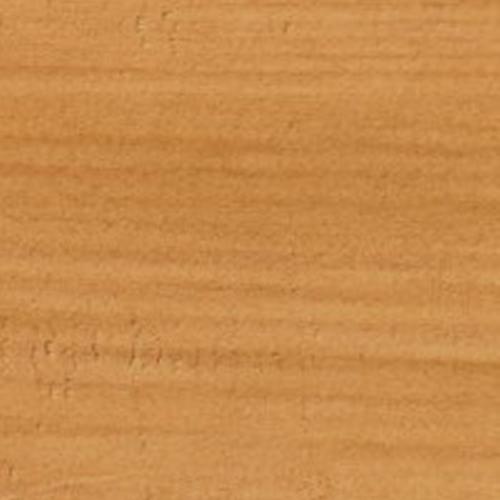
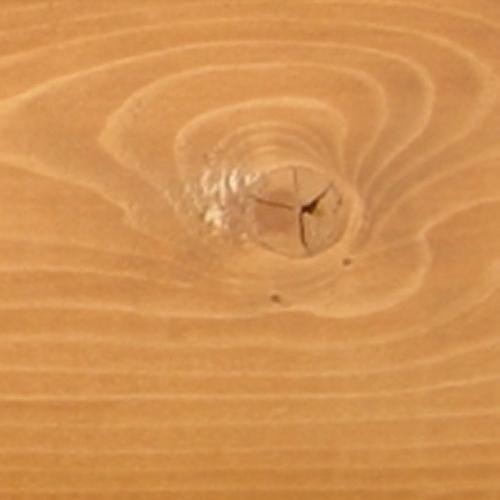

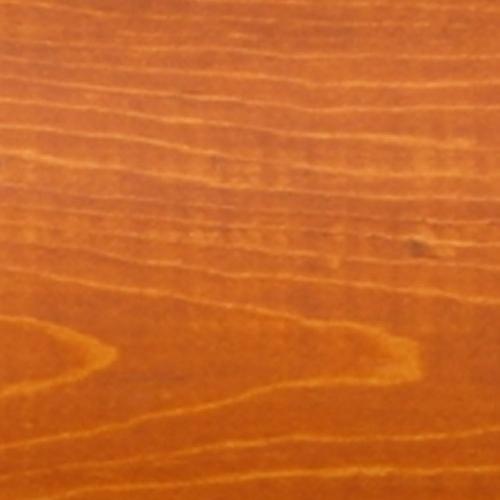
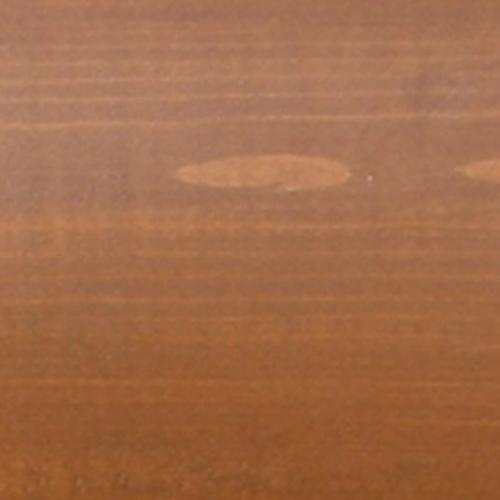



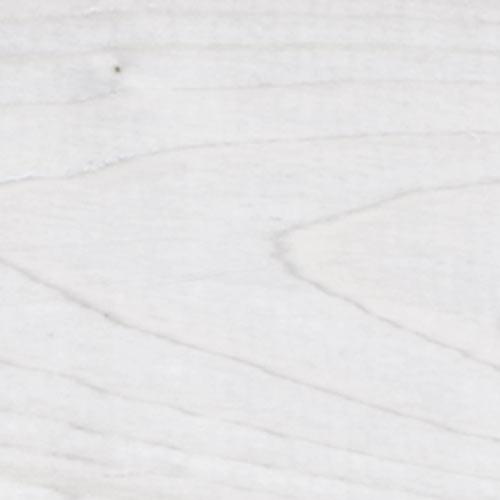
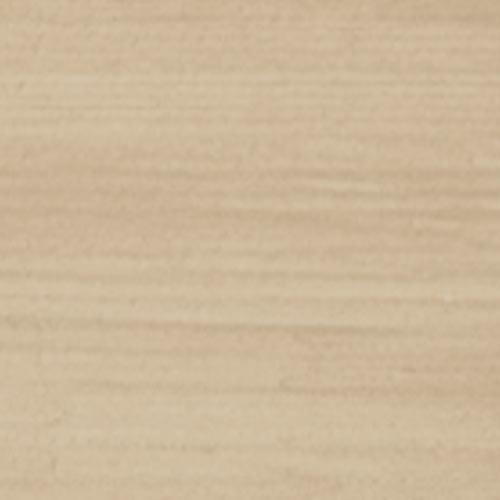
If you’re concerned that gray would be too cold for your space, beige colors or soft whites could be the answer. The easiest way to make a room feel bigger is by opting for lighter stains, particularly with gloss or satin finishes that create the appearance of even more space by relfecting light.

Keeping With The Trends
PCS designs eye-catching colors in many diverse tones that have the power to transform the entire ambience of a home. And the best part – you don’t have to mix anything – just order free samples to try, and then pick your colors.
And if you are looking to upgrade the wall paint in your house, The Property Brothers have some thoughts for you when it comes to paint colors.
On a “Condo Dreams” episode of HGTV’s Property Brothers: Buying and Selling, Drew and Jonathan Scott are not pleased when they see two colors gracing the walls in the client home – red and yellow.
“Yellow walls don’t really sell these days,” Jonathan quipped on the show, implying that Roseanne could likely fetch a better selling price if she repainted her walls a different hue. Perhaps an even worse offender than yellow, however, is red. At one point in the episode Jonathan warns that they have to “get rid of that angry ’90s red wall.” Read more about paint color choices.
Would you like to know what colors will be trending in the future? Better Homes and Gardens announces new color trends from the major paint companies.
No matter what color palette you choose, we can make custom color stains and finishes for you. Call 1-800-548-3554 or email techservice@permachink.com
Photos by Honest Abe Log Homes
It’s time to close up remote and vacation cabins for the winter. For most vacation homes, the close-up process usually occurs after Labor Day, but we all try to squeeze out a few more weekends as the weather allows.
Depending on where the home is, the “living” season might be longer, or year-round, especially if the property doubles as a seasonal rental. If you’re lucky enough to live in a mild climate that doesn’t require much seasonal “changeover,” it’s still a good idea to inspect your home for potential issues. We have available information on Fall maintenance and landscaping tips to keep homes maintained.
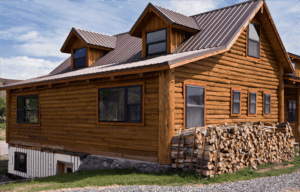
For those homes that get buttoned-up for the winter, the folks at Cabin Life compiled a checklist of tasks to ensure a protected home for the duration of the winter season.
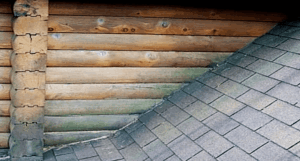
Preparing for Winter Checklist
(Adjust as needed for your climate and your frequency of winter use.)
Outside Duties
- Waterfront homes: Clean and store boats, dock ornaments, ladder, life jackets and ski equipment.
- Mow the lawn one last time (if you have a lawn at your place).
- Clean and winterize lawnmower and other gas-powered yard equipment.
- Rake and remove leaves within at least 30 feet from your cabin.
- Store fire pit decorations, emptied flower pots, drained hoses and sprinklers, and deflated water toys.
- Keep firewood more than 30 feet away from home.
- Look for air leaks around electrical wiring, dryer vents, pipes, windows and doors; then seal leaks with caulk or insulation to keep out cold air and pests.
- Insulate pipes in crawl spaces by wrapping them with heat tape or thermostatically-controlled heat cables; also open cabinet doors to allow heat to get to un-insulated pipes under sinks and appliances near exterior walls.
- Clean out gutters and inspect roof for shingles that are raised or cracked; leaking roofs and clogged gutters can lead to significant water damage.
- If your lake is prone to ice movement, take in dock and boat hoists. Remove hoist motor and electric line.
- Turn off outside pump breaker, hoist motor breaker, dock light breaker.
- If you are in the snow belt, store outdoor furniture, picnic tables and hammocks.
- Make sure your winter sports gear is ready to go. Snowmobile and ATV tuned up? Skis waxed? Where are those snowshoes?
Inside Duties
- Ensure that the power and water are in the proper mode for vacancy.
- Set thermostat at the appropriate temperature for the region. If you heat your place in the winter, set the thermostat no lower than 55 degrees; if you keep the A/C on when you are gone, set it to 80 degrees.
- Clean furnace filter to maintain an efficient heating and cooling system and reduce the risk of fire.
- If you are shutting off the refrigerator, leave the door cracked open to prevent musty smells from developing.
- Unplug computers and major appliances to protect them from power surges and lightning strikes.
- Pull shades, or cover furniture to keep it from being bleached by the sun.
- Put mothballs or dryer sheets near linens.
- Restock and store first-aid kit.
- Take out all perishable foods; store those that remain in air-tight/critter-tight containers. If you don’t heat the cabin in winter, carry out canned goods so they don’t freeze.
- Turn off dehumidifier and water heater.
- Close damper for fireplace. Seal box to prevent critters from entering cabin.
- If you don’t heat in winter, drain the pipes by attaching a hose to the lowest point in the plumbing, then blow out all water with an air compressor.
- Winterize washing machine; kitchen appliances.
Perma-Chink was designed to eliminate the undesirable results often obtained by using older less successful methods of wood slabs, mud, and cement types of chinking, as basically they did not work well over the long haul. So it became a constant worry or job to re-chink or repair the failing products. Most of the products used did not have any degree of flexibility or they did not adhere to wood that well. The results were cracking cement caused by the stress of the logs shifting or shrinking. The resulting failure often allowed separation between the chinking and the log surface allowing water intrusion, and possibly early wood decay.
So as for a particular type of home, yes Perma-Chink is designed for any home that incorporates a specific joint design where it could be employed. For example; the large timber square logs that use a dovetail system as seen throughout the Eastern United States, as well as the large handcrafted round logs from the Western part of the United States. These homes were designed to be chinked from the start.
I think it’s important to interject another fact regarding log homes. Not only has the formulations of Perma-Chink changed over the years, so has the entire log home industry. Many people think log homes are still being cut by someone with a pickup truck and a chainsaw, working from a drawing on piece of cardboard. Today’s log home are engineered structures designed and approved by architects and require approval by various build codes in given areas. They are high-quality structures designed and manufactured by professionals using computer programmed tools and equipment to create structures that are built to stringent specifications. These homes are designed to require less maintenance, last longer and to provide a sound investment for your money. They are not just log cabins anymore, they are log homes.
How has log home chinking changed over the past few decades?
Perma-Chink was the first synthetic chinking produced in 1981, there have been many significant changes made in formulations to improve the adhesion, flexibility, and longevity. Early formulations were lacking in elongation and freeze-thaw stability which resulted in performance issues and storage and application concerns. Today’s Perma-Chink offers excellent qualities in all areas to meet the needs of the industry. Application can be accomplished in a much wider range of temperature extremes with little or no worries about product performance. There have also been additions to the color palette of the products keep up with the homeowner’s desire to mix and match shades and hues of today’s finishes.
Who can apply log chinking properly? A DIYer or a Pro?
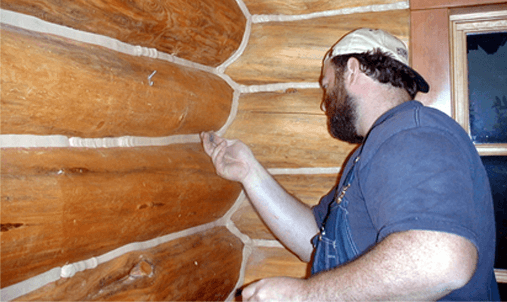
Basically anyone can apply Perma-Chink properly if they follow instructions. Some homeowners attend workshops or seminars to learn how to apply Perma-Chink, if they decide to DIY. But in today’s busy environments, some homeowners choose to use the services of trained contractors as the design of their dream home may require the use of specialized equipment such as lifts or scaffolding, and a trained contractor can usually shorten the time required to accomplish the job. Therefore the homeowner can tend to the other necessities involved to get moved in, and sometimes there are just not enough hours in the day for the homeowner to do this.
Visit our Find A Contractor tool to find a professional log home chinking contractor near you.
If you’re looking for some ideas this Thanksgiving to partner with your baked, smoked, or deep-fried turkey, we’ve compiled a list of recipes that you might find new and interesting to serve this year.
Side Dishes
Maple Roasted Brussels Sprouts
Not everyone’s favorite, but for those that love Brussels sprouts, this is a winner.

Click here for the recipe from AllRecipes.com
Air Fryer Hasselback Potatoes

Click here for the recipe from AllRecipes.com
Succotash
The list of ingredients for this Southern succotash recipe – including fresh corn, tomatoes, lima beans, and okra – are practically synonymous with summer (something we’re thankful for). And the combination of these five complementary flavors is only heightened with the additions of crumbled bacon and fresh basil.

Click here for recipe from Southern Living
Mashed Sweet Potatoes with Bacon
Bacon makes everything better, doesn’t it? A new addition to the sides could be this delicious dish.

Click here for recipe from Food Network
Awesome Sausage, Apple, and Cranberry Stuffing
This Thanksgiving apple sausage stuffing is fantastic! It is very flavorful and fresh-tasting. This recipe will stuff a 10-pound turkey (which serves six) plus extra. You can replace the usual pork sausage with much healthier turkey sausage. Other dried fruits may also be used in place of cranberries.
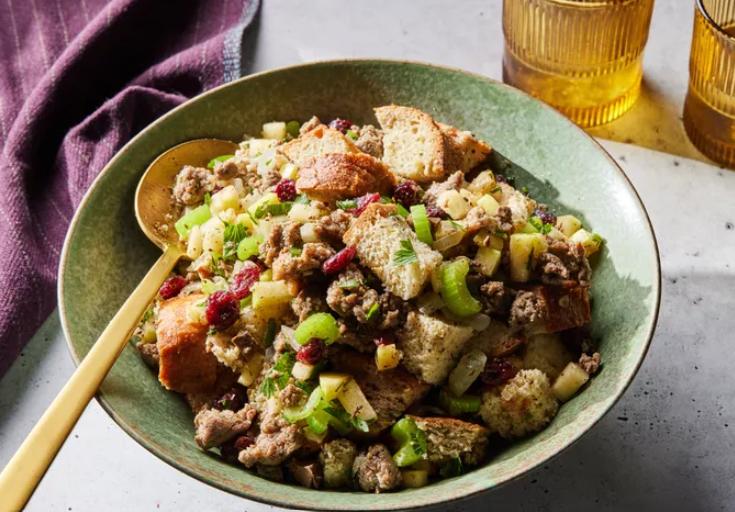
Click here for recipe from All Recipes
Desserts
Mini Apple Pies
For me, one apple pie is mini… I think I could eat two or three apple pies. But, if you want to pace yourself this holiday, these bite-sized treats will be a winner!

Click here for recipe from The Pioneer Woman
Glazed Maple Shortbread Cookies
These cookies are fantastic for Fall! Shortbread and maple together make this cookie a sweet treat and a great alternative for those who aren’t a fan of pumpkin pie.

Click here for recipe from Taste of Home
Drinks
Cranberry Fizz (non-alcoholic)
This drink is very popular for holiday gatherings and there’s never enough!

Click here for recipe from Taste of Home
Bourbon Slush
A drink customizable with your favorite tea.
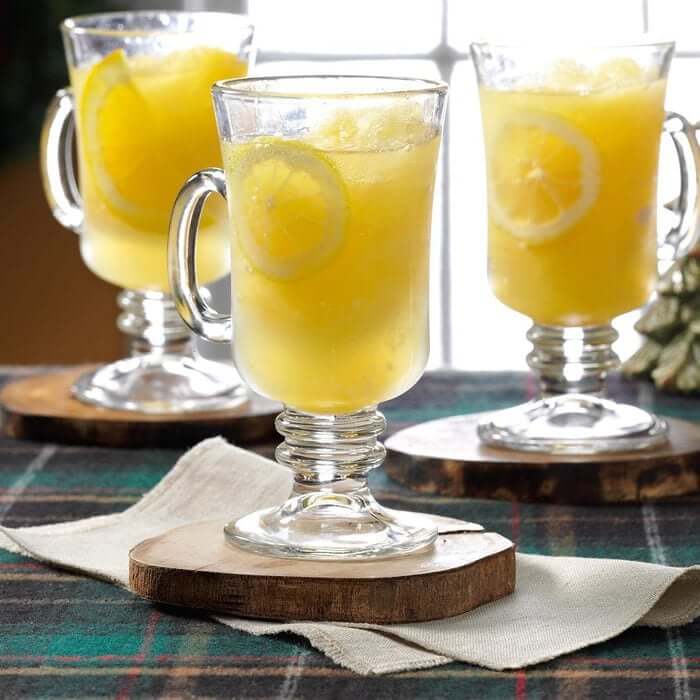
Click here for the recipe on TasteofHome.com
Spiced Bourbon with Red Wine
Liven up the party with a creative cocktail.
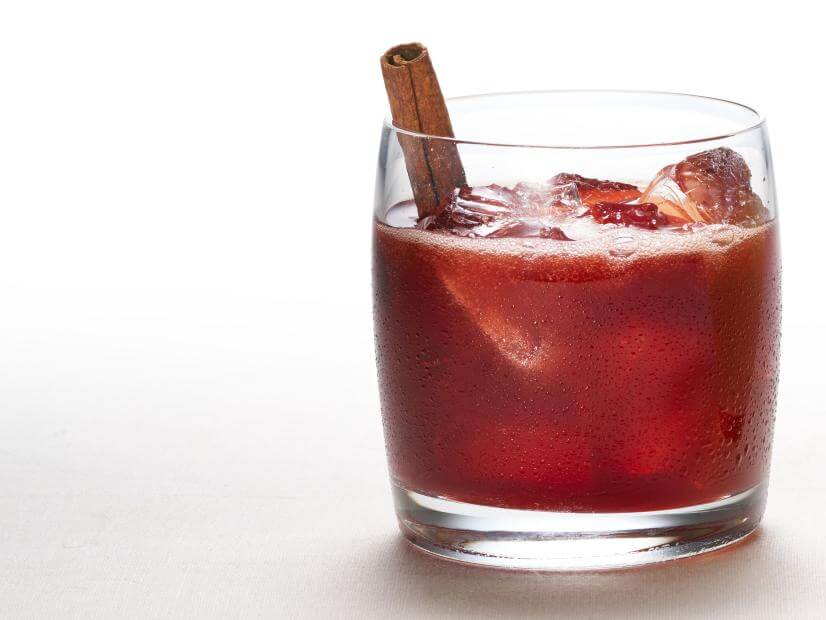
Beauty is a Duty.
Your log home manufacturer built you a beautiful home. Now it is your duty to finish it with the best log home products to highlight and preserve that beauty. Let Perma-Chink Systems offer you the world-class stain and finish brand: Lifeline Ultra.
Simply Unmatched.
The benefits of Lifeline Ultra are endless, but here are some points that differentiate the Lifeline brand from others.
Not just Beautiful, but also Durable!
In addition to building a strong home, you want to build a beautiful home, too, which is why the finished appearance of your logs is so important. No doubt that high-quality finishes will save you time and money in the long run. Longer lasting finishes equates to less labor expense over the life of the finish.
Top 5 Benefits of The Lifeline Ultra brand:
1. Unsurpassed Adhesion to Wood
The secret behind its durability is Lifeline’s state-of-the-art resin that creates a flexible and tough seal on your home’s logs. Perhaps more importantly than the seal’s strength, the resin ensures a continuous seal, providing protection from holes and gaps that might otherwise develop with an inferior finish.
2. More Resistant to UV Degradation and Color Fading
The transparent iron oxides protect your logs without resulting in a “painted” look that hides the natural texture and beauty of the wood grain. Plus, these pigments provide superior UV protection, blocking the fading and bleaching effects of the sun for a much longer period of time.
3. Water-Resistant and Breathable
All Lifeline finishes form water-resistant film that breathes just like Gore-Tex® to allow trapped moisture to evaporate while protecting the wood.
4. 5-Year Warranty
We are so confident in the performance of Ultra-7 and Ultra-2 that it comes with a 5-year warranty against UV exposure when applied to bare wood and covered with an initial coat of Advance clear topcoat.
5. Meets and Exceeds all Standards for low-VOC
Water-based finishes lack the chemicals in oil-based finishes that are harmful to the environment and difficult to clean up.
UNLIMITED COLOR CHOICES
I think we have already convinced you that Lifeline Ultra brand is the best there is in the industry for any wood home. Now here is the icing on the cake – you can choose any color your heart desires!
Choose from any colors below or send us your desired color chip. Then let us know what base you want the color to be in – Lifeline Ultra-7, Lifeline Ultra-2, Lifeline Accents or Lifeline Exterior.
If you’re looking for a different color than what we offer, we will make a custom stain color for you the same day. Don’t wait, call us today for your custom color at 1-800-548-3554.
Just A Sample Of Available Colors

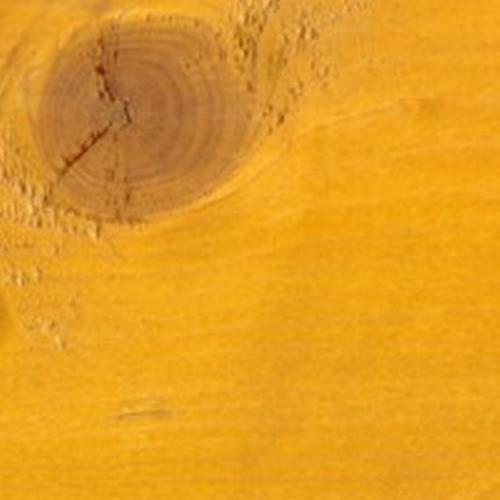



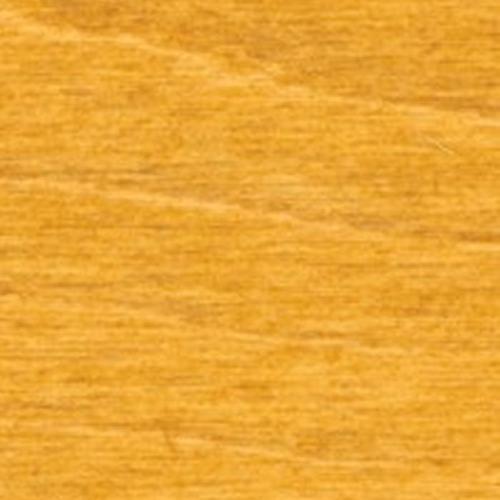
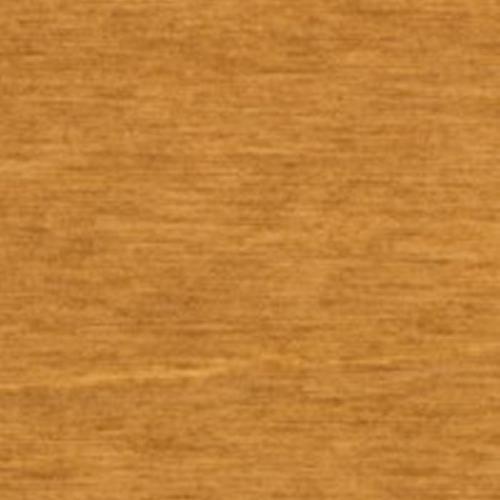
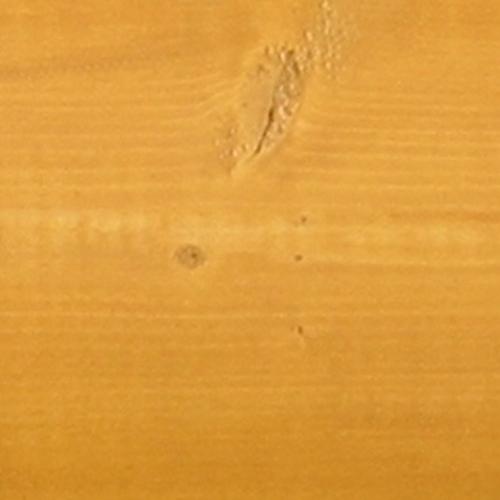

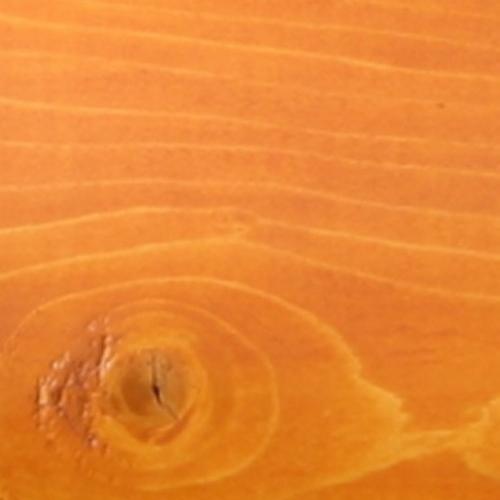

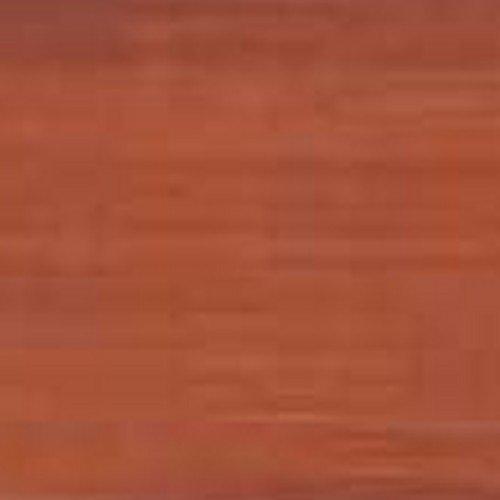
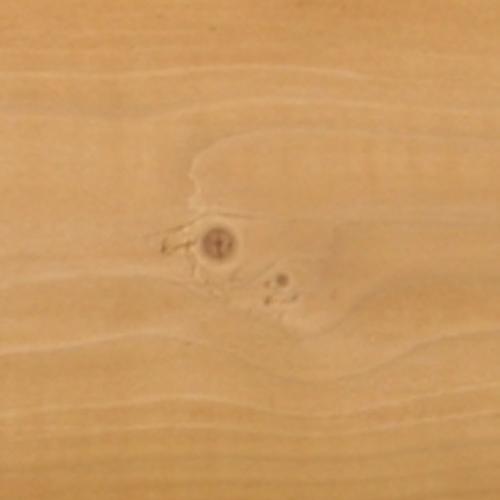




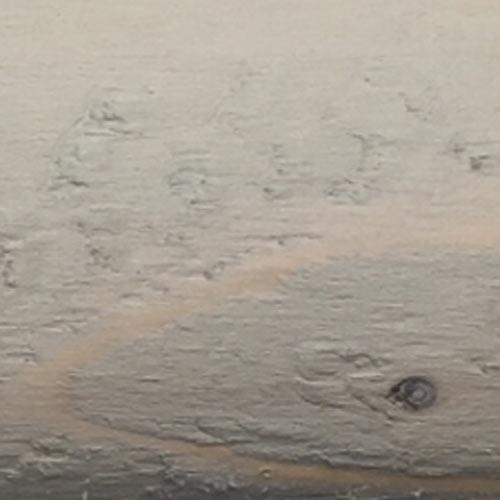
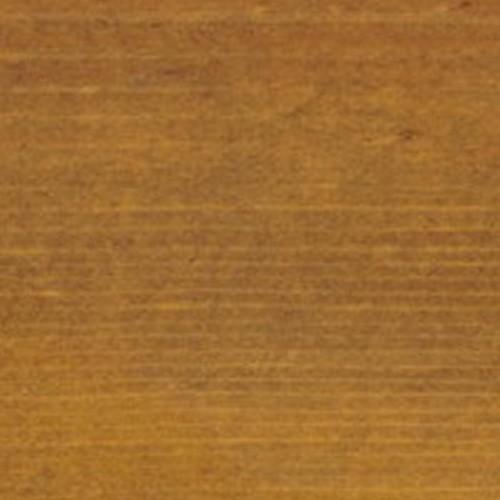



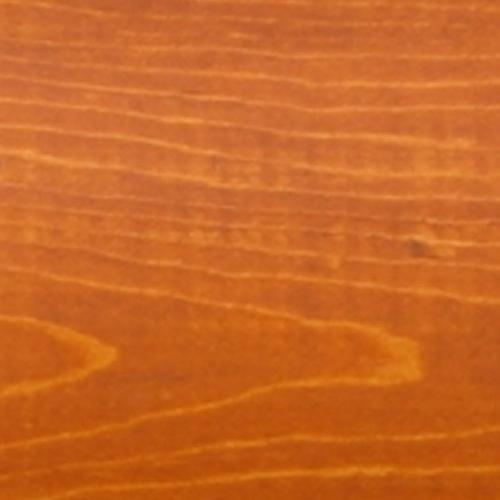
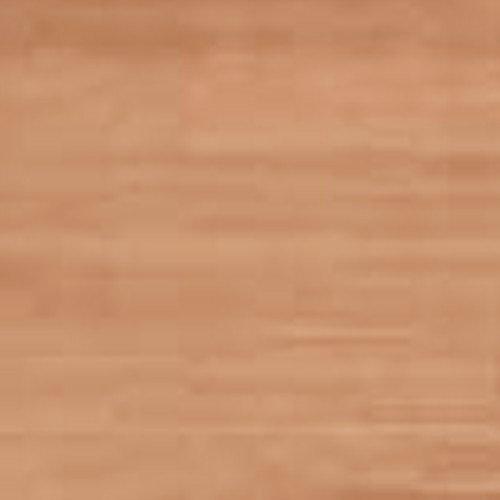
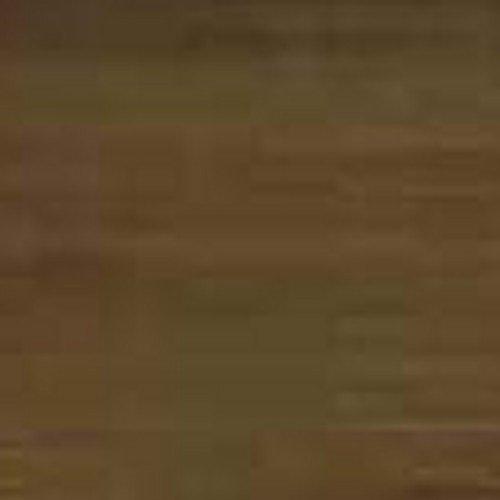


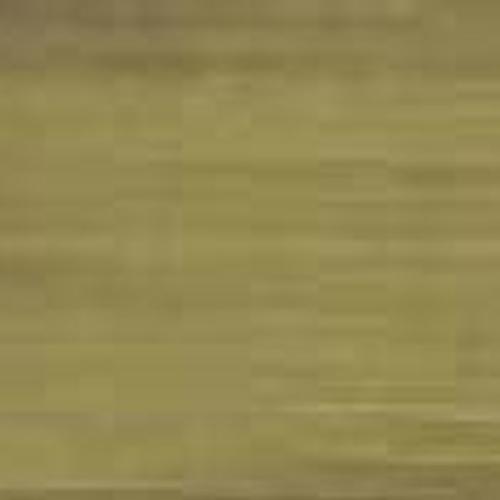


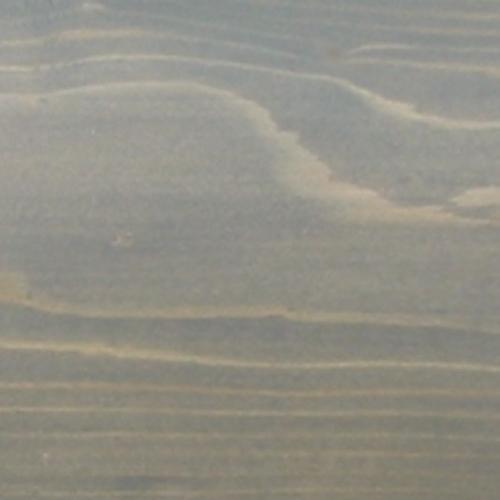
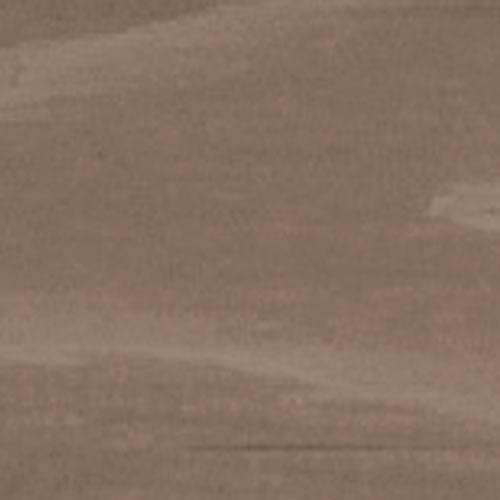





Most people are accustomed to spring cleaning, but if you are a home owner, you know that your house needs attention year-round. Fall maintenance is much like spring house-cleaning, but more preventative and less “cleaning.” And it’s much easier to do it now rather than wait until the weather turns nasty.
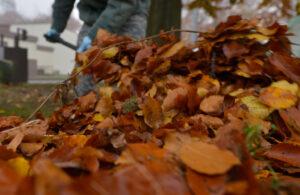
From The Top
Fall means leaves—and plenty of them. You will certainly need to clean out your gutters. A word of caution: most of the automatic guard systems only screen out large leaves while allowing gunk and small sediment to accumulate. You still will have to routinely clean the nasty rotting gunk out of your gutters! So an alternative is to have your roofer regularly come and clean your gutters every fall. You should make sure that the drainage area around the downspout is functioning properly as well. The roof area should also be checked for any leaks around the flashing at the chimney and around the vents for the heating or sewer system.
While inspecting the roof area it’s important to check for any holes or access spots where squirrels, raccoons, or bats can enter your home and make themselves a vacation home for the winter. Clear away all debris from around the foundation of the house.
Caulking around all exterior areas is a must. You probably won’t find but a few areas where the caulk needs replacing, and it’s not a big job to replace old caulking with a fresh bead where needed. Weather stripping also should be examined and replaced if you find any that is curled or coming loose. Neither the caulking nor weather stripping replacement is a heavy job. It just takes some care and close examination. This can usually be done in a day for a moderate-sized home.
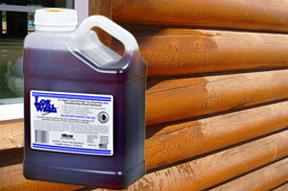
A Quick Scrub
Your exterior walls should get a good cleaning. In addition to making your home look great, a wash-down with Log Wash will get rid of the dust, dirt, and grime. Freezing weather is especially hard on log exteriors and a little bit of upkeep now may prevent costly repairs next spring.
Once your walls are clean, go around your home looking for signs of worn stain and failing sealant. If the stain looks faded or dingily, you should consider applying another coat of Lifeline stain and Lifeline Advance topcoat. Don’t forget the topcoat is an integral part of the system and will help protect your home and extend the life of your stain.
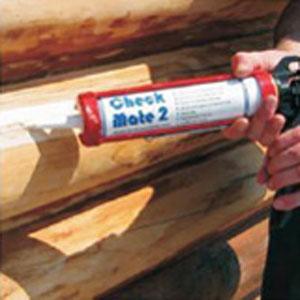
Seal Up New Checks
While you are at it look for any new checks that may have opened up, especially on the top half of round logs where water can enter. Our Check Mate 2 comes in a variety of colors and is the perfect solution for closing up those potentially damaging checks.
Properly sealed joints and gaps go a long way in preventing cold drafts during the winter months. In these days of rapidly rising fuel prices it is important to keep cold air from entering your home. Energy Seal is specifically designed for this purpose. Pay special attention to places where wood meets masonry. Reseal with Energy Seal. In addition to saving you money on heating bills, it will help to keep your home warm and comfortable.
Firewood Storage
Many log home owners have fireplaces or wood stoves that they use to create an attractive atmosphere or as a source of heat. Typically fall is the time of year that most people build their inventory of firewood to carry them through the winter. Here are a few things to keep in mind when storing firewood: Never store firewood on your porch or deck or next to your home. One thing is for certain, along with the firewood comes a whole community of insect pests. Although some like wood roaches, pill bugs, centipedes and ground beetles are harmless, infestations of wood boring beetles, termites, and frequently carpenter ants, can start from stored firewood piles.
Store your firewood at least two feet away from the side of your home and keep it off of the ground. This helps keep the firewood dry and allows air to circulate throughout the wood pile. When you bring firewood inside, only bring in as much as you plan to burn in a day. Firewood stored by the fireplace may look attractive but once the logs warm up and the bugs start to emerge, you may think otherwise.
Preparing your home for winter in the fall can make life so much easier for you in the cold, dark winter weeks ahead. You’ll rest easier knowing that you won’t have to fight the elements when the inevitable emergency or problem crops up, as it always does. You can sit back in front of your fireplace with your family and enjoy those cold months secure in your well-protected home!
Log homes and autumn leaves seem to go together. Enjoy the season and don’t hesitate to contact us at 1-800-548-3554 or by email at techservice@permachink.com if you have any questions about maintaining your log home.
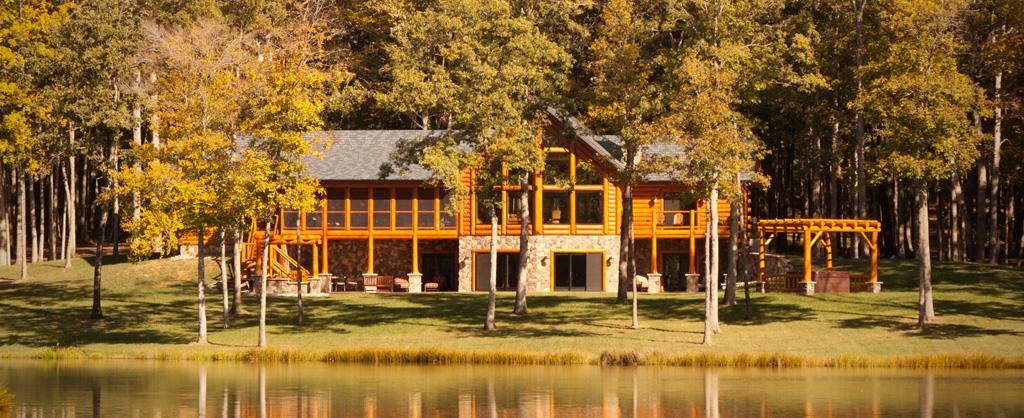
Wood Renew™ – To pre-wet or not to pre-wet?
Fairly often we get questions about Wood Renew™ with reference to whether or not to wet the surface before application. First, I would refer to the label directions as to use and application. There is no mention of the need to wet the surface prior to application. However, there is mention of proper pre-mixing and allowing a bit of “dwell” time prior to application. This dwell time allows the thickeners to activate and aid in helping it to stay on the wall so it can do its work for better results.
The dwell time also needs to extend to the wall surfaces to allow the product to clean and brighten the wood as best it can. Now, not all stains are easily removed, and it may require a bit of old-fashioned elbow grease with a stiff bristle brush to get at the stubborn stains. Try not to allow the product to dry on the surfaces as this will make it a bit more difficult to rinse away.
The best recommendations are to follow the label directions as to mixing and application, and there is no need to pre-wet the surface prior to application.
Application of Wood ReNew
Step 1: Use Wood ReNew to remove grayed surface wood.
Step 2: Only measure out enough Wood ReNew to add to a few gallons of water (0.8 cups per gallon) at a time. You need to use whatever you mix up within 1 to 2 hours.
Step 3: Pour the Wood ReNew into a pail that contains the water. Do not mix Wood ReNew in a sprayer.
Step 4: Mix the Wood ReNew with the water using a paint mixer and an electric drill.
Step 5: Stir for about five minutes or until no undissolved granules are visible. Allow the solution to thicken for 10 minutes before using.
Step 6: Apply the Wood ReNew solution to the wall with a mop, broom, or car wash brush. Start at the bottom of the wall and work up. Allow the solution to remain on the wall for 10 minutes.
Step 7: Pressure wash starting at the bottom of the wall. Work on 2 or 3 courses of logs at a time. Hold the wand at a 30 to 45 degree angle to avoid feathering the wood.
Step 8: Once the entire wall is pressure washed, rinse the wall starting at the top and work down. At this stage water volume is more important than pressure.
Step 9: Never judge the effectiveness of Wood ReNew or any other cleaner while the wood is still wet.
Step 10: Once the wood dries, many of the dark discolorations will disappear. This is the same wall that appears in the previous step after drying for three hours.
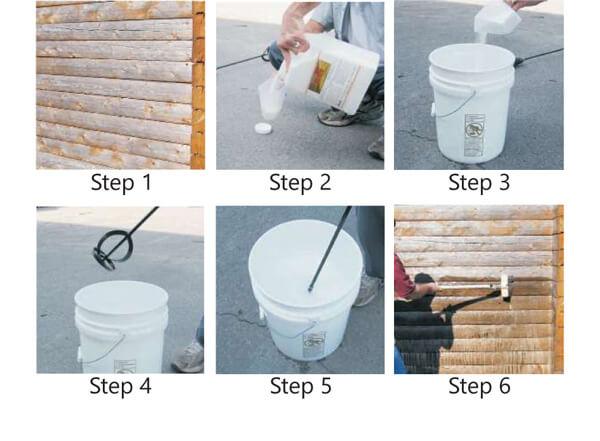

Should any questions arise please contact one of our product specialist via our toll-free number (1-800-548-3554) or visit our website at www.permachink.com and we will be happy to help you.
Many people are under the impression that the winter months are hard on their logs and finishes. To some extent that’s true. In cold climates where the exterior log surfaces may be covered with ice and snow for several months can be damaging if the logs aren’t properly finished. But even then, the most damaging effects of weather on wood and coatings actually occur during the hot summer months. Once homeowners understand the main causes of surface weathering, the better equipped they will be in choosing the right products to protect the home from weathering.
Understanding The Causes of Weathering
One component of sunlight is ultraviolet light, commonly referred to as UV light, or UV rays. UV light is responsible for most damage to exposed wood because it changes or destroys the wood’s lignin, a component of wood that hardens and strengthens the cell walls. In more scientific terms, this process is called photo-oxidation.
Lifeline™ finish systems help retard this photo-oxidation process through three distinct mechanisms: reflection, absorption, and chemical reaction. Our Advance Gloss and Advance Satin topcoats help reflect the sun’s rays, thus reducing the amount of UV light hitting the color coats and the underlying wood.
Glossy surfaces are better reflectors than dull surfaces, which is why our Advance Gloss provides a bit more protection than Advance Satin. However, an accumulation of dirt on the finish will significantly reduce the reflective properties of the topcoat, one reason why a home should be routinely cleaned with Log Wash™. Advance topcoats also help protect the color coats and wood from the abrading effects of wind, rain, ice, and snow.
The profile of the logs has a significant impact on the weathering characteristics of a wall. The effect of sunlight and the weather on round logs is altogether different than on square logs or flat, vertical siding.
ROUND LOGS
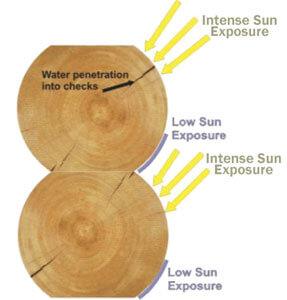
The top third of a round log is subjected to much more intense weathering than the bottom third. In cold weather climates snow and ice can accumulate on the upper third while the bottom third remains somewhat protected. Upward facing checks that have formed in the top section of the log will funnel rainwater directly into the interior of the log where it can soak into the surrounding wood. But most damaging of all is the angle of the top third of a round log towards the sun. The top third of round logs catches many times more UV light than the bottom third. Besides exposing the wood to more UV exposure, the UV inhibitors in the upper third may become used up, whereas in the lower third they may still be active. Over time this can result in a noticeable difference in color and signs of weathering between the upper and lower sections of the logs. Providing some maintenance to the upper sections of round logs without creating lap marks or color differences can be accomplished, but it may be a bit of a challenge. The key is to do the maintenance before the wood becomes gray due to photo-oxidation.
SQUARED LOGS
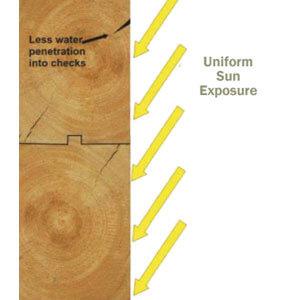
Squared logs and vertical flat siding are easier to maintain since the sun hits the logs at the same angle, and the UV light is evenly distributed over the entire surface. In addition, the flat vertical surfaces cannot accumulate snow and ice and even upward facing checks are not as prone to rainwater entering the logs. Although squared logs are subject to the same weathering parameters as round logs, and since the weathering is mostly uniform over the entire exposed surface, maintenance is easier to accomplish without worrying about lap marks and color differentiation.
LOG SIDING
Round log siding probably presents the greatest challenge to forestalling the effects of weathering. Typically used in high exposure locations such as dormers and gable ends, in addition to suffering the same weathering characteristics as round logs, log siding has some features which makes it even more difficult to protect from the effects of the weather. Siding is often manufactured from lower quality wood than logs, frequently using green wood. This makes it more susceptible to twisting, warping and cracking. Since siding does not have the high thermal mass of full logs, during the summer months their temperature can range from 80ºF to 160ºF – or higher – during the course of one day. This puts a lot of mechanical stress on both the siding and its finish system resulting in small fissures forming on the surface. Rainwater can then enter these fissures and get behind the finish.
FISSURING OF LOG SIDING
Round log siding is typically milled quite smooth. The extreme smoothness presents a challenge applying the proper thickness of pigmented film necessary for adequate protection of the underlying wood. Smooth log siding should be coarse sanded or pressure washed using Wood ReNew™ before the application of the pigmented stain.

Protect From Weathering
There are two basic ways to combat the effects of weathering. The most effective method is to keep log walls and siding in the shade by extending roof overhangs or constructing roofed porches around the home. In conjunction with using a high quality finish system like Lifeline™ Ultra-7 and Advance Topcoat, this will be the most effective measure to prevent excessive weathering. If unable to protect by structural shade, the next best way is to apply the best finish system – Lifeline™ Ultra-7 and Advance Topcoat. But the overall performance of even the best finish system is dependent upon proper surface preparation and application technique. Avoiding the use of chlorine bleach will preserve the wood and finish, and back-brushing all coats of finish to assure adequate film thickness is crucial for long-term protection of the wood.
Log home living is a tradition that never loses its charm, the warmth of its country ambiance unmatched. And with all the modern innovation, this cozy way of life is more comfortable than ever.
Just about the only drawback has been maintaining its exterior. Log home owners dread with a passion the mighty job of refinishing that inevitably must be done to preserve the beautiful look of their natural logs. But you have come to the right place. There are plenty of reasons you’ll never have to give it a second thought again.
Wood Surface Preparation Methods
Traditionally, we dread using any kind of chemical strippers to soften the surface due to the environmental impact. Since chemical strippers only soften an existing finish, they must be used along with a pressure washer to actually remove the finish from the wall. We offer two types of environmentally-friendly wood finish removers that specifically designed for log homes: S-100 and StripIt. Both products are water-based solvents that remove most oil, water-based stains and topcoats. They contain no-harsh chemicals, are bio-degradable and non-flammable, and unlike caustic strippers will not discolor the wood. As opposed to media blasting, chemical stripping is much more user-friendly since all it takes is a general purpose pressure washer.
Check out this video on chemical stripping the finish
Round logs are a pain to sand with a flat belt. Getting to every corner and crevice takes hours, and the dust is not so great on our lungs in the meantime. Well, now you can file all those inconveniences under ancient memory. It might sound crazy at first, but the latest and greatest dry method around is blasting that aging, discolored finish off with new age glass media. Glass media is lighter than sand, so while it strikes your home with necessary force, it has less weight – this allows it to remove the stain without harming the wood. There is also no risk of blowing water into your house because the media is dry, and you can re-stain immediately.
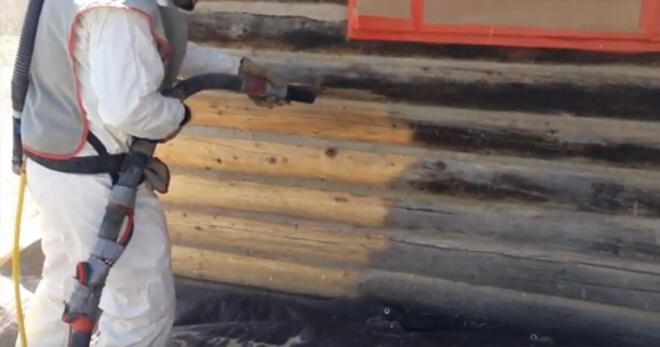
Check out this video on media blasting the finish.
Of course, you can hire someone to do it for you. If you prefer, call us and we can find you a contractor near you, or visit https://www.permachink.com/contractors/ for a list of contractors in your area.
Either way, you can rest assured you are making the right decision for the environment, your home, your budget and your family.

